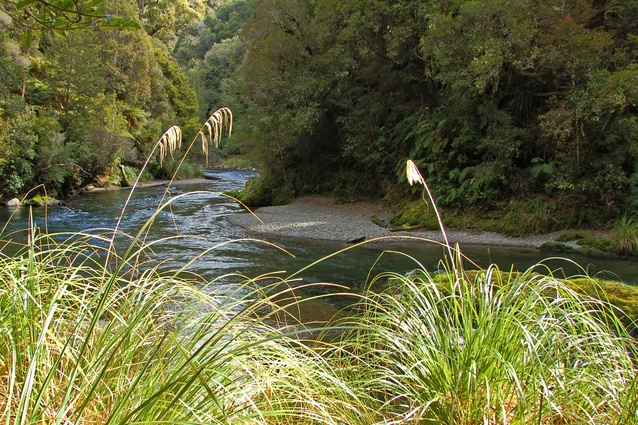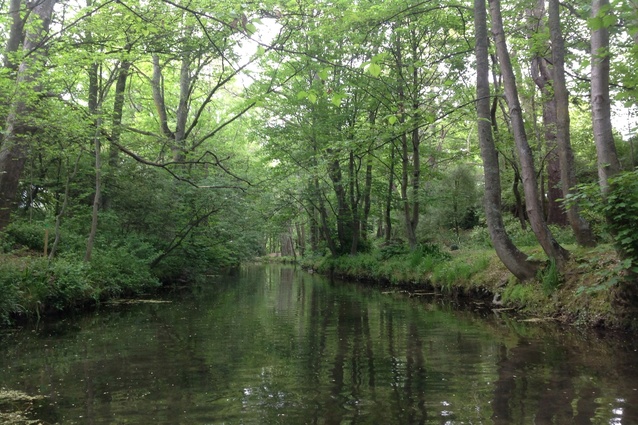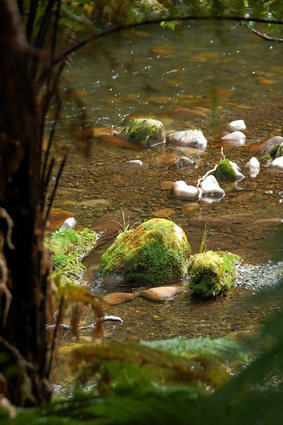Boffa Miskell calls for greater application of mātauranga Māori in freshwater management
Environmental planning and design consultancy group Boffa Miskell is calling for mātauranga Māori to play a greater role in the management of freshwater systems.
In a piece written by Mapihi Martin-Paul and Jade Gibson for Boffa Miskell’s Ecology Quarterly, the authors argue that existing thinking about freshwater management needs to be challenged by a greater emphasis on mātauranga Māori (traditional knowledge). In doing so, they reference Te Mana o te Wai, the notion that health is more important than the consumption or commercialisation of water systems (awa), a concept which is part of the government’s National Policy Statement for Freshwater Management.
“Te Mana o te Wai is a concept that puts the cultural and ecological health of our waterbodies above all else. It prioritises the need to restore and protect the integrity of the water, the intrinsic values and health of freshwater systems, over and above enabling the consumption of water or utilization of water as an economic resource.”
In implementing Te Mana o te Wai, the authors call for the centering of Whakawhanaungatanga, which refers to the establishing of shared relationships, not only between people, but between the wider community and the natural world. In the context of freshwater systems, the authors write that Whakawhanaungatanga has been developed over generations of living alongside the natural world and sustaining oneself from it, without degrading the environment. By engaging with Whakawhanaungatanga, the piece contends that greater insights about the health of water can be found.
“For Māori – an awa is a living entity with its own mauri (life force) and the wellbeing of the awa is imperative. Although mauri is believed to be intangible, tangata whenua have developed tools that use a holistic approach in examining a site and observing its cultural value. Cultural values can include the presence of taonga species, levels of modification, surrounding land use, and suitability for mahinga kai gathering. Just as modern scientists do, tangata whenua also make observations on water quality, such as flow, clarity, and levels of sediment.”
Concluding the piece, the authors point to similarities between Western science and mātauranga Māori, arguing that both can be used in concert to offer indications about the health of freshwater systems. However, they also acknowledge that there are areas where the two do not align, and call for a reframing of the broader approach to managing water to be more in line with mātauranga Māori.
“If an element of mātauranga Māori doesn’t fit within Western science, maybe we need to take a slight step back from science and push our minds to think in different ways. Mātauranga Māori can push us further than only thinking about science, it could challenge us to consider the holistic relationship between the waterbody, the land, our people, and the mauri that we share.”
Ecology Quarterly is a newsletter published by Boffa Miskell and managed by an editorial group of consultants. Mapihi Martin-Paul is currently a Kaiwhiri Te Hīhiri/Strategic Advisor - Māori at Boffa Miskell, while Jade Gibson is a Biosecurity Consultant for the company.












